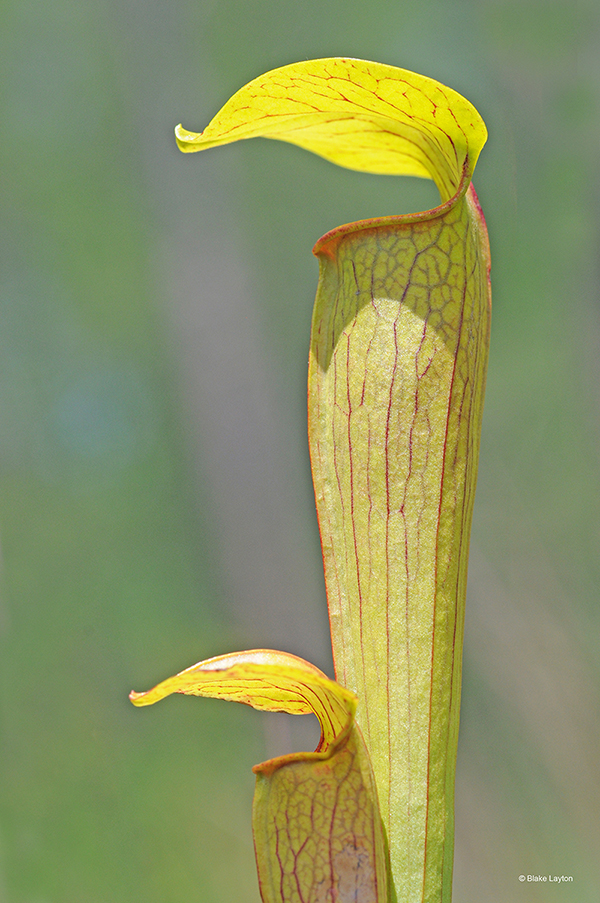Bug's Eye View, Pitcher Plants, Vol. 4, No. 20
Related News
April 14, 2016
March 16, 2016
October 1, 2015
July 10, 2015
June 29, 2015
Pages
Related Publications
Publication Number: P3346

